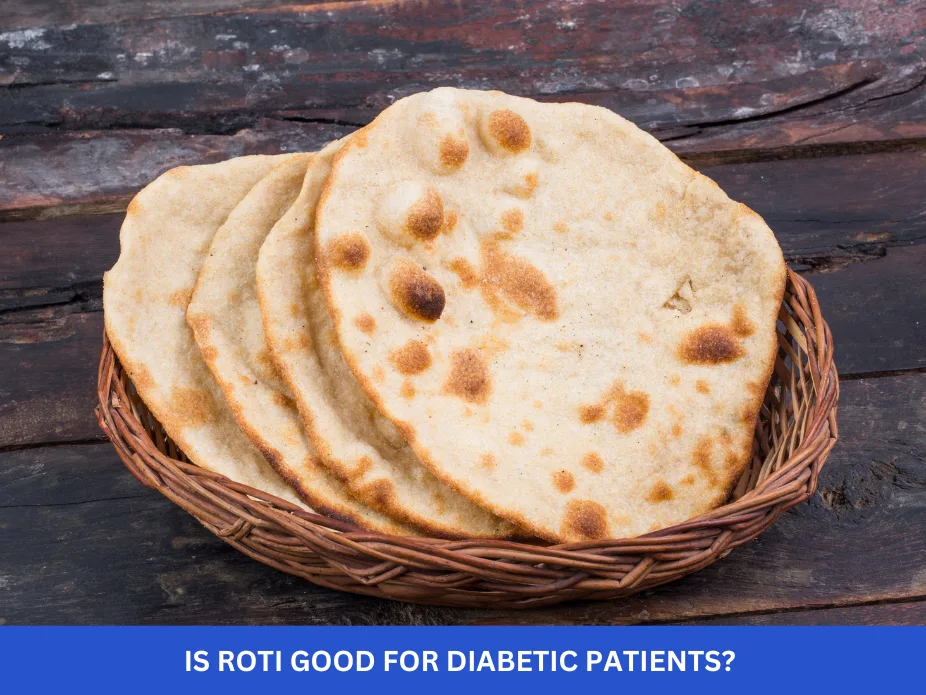Maintaining healthy blood sugar levels is vital for overall wellness, as glucose powers the body’s cells and supports essential functions like brain activity and metabolism. Imbalances can lead to conditions like diabetes or hypoglycemia, making it critical to understand how to regulate blood sugar effectively. This guide explores blood sugar basics, factors affecting levels, and practical strategies for optimal glucose control, answering common questions like “how to stabilize blood sugar” and “what affects blood glucose levels.”
What Are Blood Sugar Levels and Why Do They Matter?
Understanding Blood Sugar and Glucose
Blood sugar refers to the concentration of glucose in your bloodstream, the body’s primary energy source derived from carbohydrates. Stable glucose levels fuel vital processes, including cell metabolism and hormonal regulation. According to the American Diabetes Association, normal fasting blood sugar ranges from 70 to 99 mg/dL, while post-meal levels should ideally stay below 140 mg/dL.
Why Monitoring Blood Sugar Is Crucial
Tracking blood sugar helps identify risks for conditions like diabetes and supports informed lifestyle choices. Unstable levels can cause physical symptoms like fatigue and mental effects like mood swings or poor concentration. Regular monitoring empowers you to detect abnormalities early and adjust diet, exercise, or stress management to maintain balance.
How Does the Body Regulate Blood Sugar?
The Role of Insulin and Glucagon
The body maintains blood sugar balance through two key hormones produced by the pancreas: insulin and glucagon. Insulin allows cells to absorb glucose for energy or storage, lowering blood sugar when levels rise after eating. Glucagon triggers the liver to release stored glucose when levels drop, ensuring a steady supply. This delicate balance can be disrupted by diet, stress, or medical conditions, leading to high or low blood sugar.
Factors Influencing Blood Sugar Regulation
Several factors impact glucose regulation:
- Diet: High-glycemic foods like refined carbs cause rapid blood sugar spikes.
- Exercise: Physical activity increases glucose uptake by muscles, lowering levels.
- Stress: Stress hormones like cortisol prompt glucose release, elevating levels.
Understanding these factors helps you make choices to stabilize blood sugar naturally.
What Are Normal Blood Sugar Levels?
Defining the Healthy Range
Normal blood sugar levels vary slightly based on individual factors like age or health conditions. Fasting levels should be 70–99 mg/dL, and post-meal levels should not exceed 140 mg/dL. Consult a healthcare provider to determine your ideal range, especially if you have pre-existing conditions like prediabetes or diabetes.
Factors Affecting Normal Levels
Carbohydrate intake, physical activity, and stress significantly influence blood sugar. For example, a meal high in simple sugars can spike glucose, while regular exercise enhances insulin sensitivity, helping maintain stable levels. Stress management is equally important, as chronic stress can disrupt glucose regulation.
What Are the Symptoms and Risks of High Blood Sugar?
Recognizing Hyperglycemia
High blood sugar, or hyperglycemia, occurs when glucose levels exceed normal ranges. Common symptoms include:
- Increased thirst
- Frequent urination
- Blurred vision
- Fatigue
- Unexplained weight loss
If these persist, consult a doctor to prevent complications.
Health Risks of Prolonged Hyperglycemia
Chronic high blood sugar can damage organs, leading to:
- Diabetic neuropathy (nerve damage)
- Cardiovascular disease
- Kidney damage
- Slow wound healing
Proactive management, including diet and monitoring, reduces these risks.
What Are the Signs and Dangers of Low Blood Sugar?
Identifying Hypoglycemia
Low blood sugar, or hypoglycemia, occurs when glucose drops below 70 mg/dL. Symptoms include:
- Dizziness
- Shaking
- Sweating
- Confusion
- Irritability
Prompt action, such as consuming a fast-acting carbohydrate (e.g., juice), is essential to restore levels.
Dangers of Persistent Hypoglycemia
Untreated low blood sugar can impair brain function, causing confusion or, in severe cases, seizures or unconsciousness. Regular monitoring and balanced meals help prevent hypoglycemic episodes.
How Does Diet Impact Blood Sugar Levels?
Choosing Blood Sugar-Friendly Foods
A balanced diet is key to stabilizing blood sugar. Focus on:
- Fiber-rich foods: Whole grains, vegetables, and legumes slow glucose absorption.
- Lean proteins: Chicken, fish, or tofu help maintain satiety without spiking sugar.
- Healthy fats: Avocados, nuts, and olive oil support steady glucose levels.
Avoid refined sugars and high-glycemic foods to prevent rapid spikes. A dietitian can create a personalized meal plan to suit your needs.
Meal Timing and Portion Control
Eating regular, balanced meals prevents extreme fluctuations. Small, frequent meals with controlled portions can stabilize glucose, especially for those with diabetes or insulin resistance.
How Does Exercise Affect Blood Sugar?
Benefits of Physical Activity
Exercise enhances glucose uptake by muscles, lowering blood sugar and improving insulin sensitivity. Both aerobic exercises (e.g., walking, cycling) and strength training (e.g., weightlifting) are effective. Aim for at least 150 minutes of moderate exercise weekly, as recommended by the CDC.
Precautions for Safe Exercise
Consult a healthcare provider before starting an exercise program, especially if you have diabetes or other conditions. Monitor blood sugar before and after workouts to avoid hypoglycemia, particularly if on insulin or certain medications.
How Does Stress Influence Blood Sugar?
The Stress-Glucose Connection
Stress triggers cortisol release, which prompts the liver to produce glucose, potentially raising blood sugar. Chronic stress can disrupt insulin function, making glucose control challenging.
Stress Management Techniques
To mitigate stress-related spikes:
- Practice mindfulness or meditation.
- Engage in relaxing activities like yoga or reading.
- Prioritize sleep to support hormonal balance.
These habits promote stable blood sugar and overall well-being.
Practical Tips to Maintain Healthy Blood Sugar Levels
Adopt a Balanced Lifestyle
Maintaining healthy blood sugar involves:
- Healthy eating: Prioritize low-glycemic, nutrient-dense foods.
- Regular exercise: Combine aerobic and strength training for optimal glucose control.
- Stress reduction: Use relaxation techniques to minimize cortisol spikes.
- Consistent monitoring: Use a glucometer to track levels regularly.
Work with Healthcare Professionals
Collaborate with doctors or dietitians to tailor strategies to your needs. If prescribed, adhere to medications or insulin regimens to maintain stable glucose levels.
How to Monitor Blood Sugar Effectively
Using a Glucometer
Home glucometers allow convenient blood sugar tracking. Test fasting levels in the morning and post-meal levels as advised by your doctor. Log results to identify patterns and adjust lifestyle or treatment plans.
When to Seek Professional Guidance
Consult a healthcare provider if you notice persistent high or low readings, unusual symptoms, or difficulty maintaining target ranges. Regular check-ups ensure timely adjustments to your management plan.
Conclusion: Take Control of Your Blood Sugar
Maintaining healthy blood sugar levels is achievable through informed choices and consistent habits. By understanding how diet, exercise, stress, and monitoring impact glucose, you can prevent complications and enhance your quality of life. Work closely with healthcare professionals to develop a personalized plan, ensuring your blood sugar stays within a healthy range for long-term wellness.



